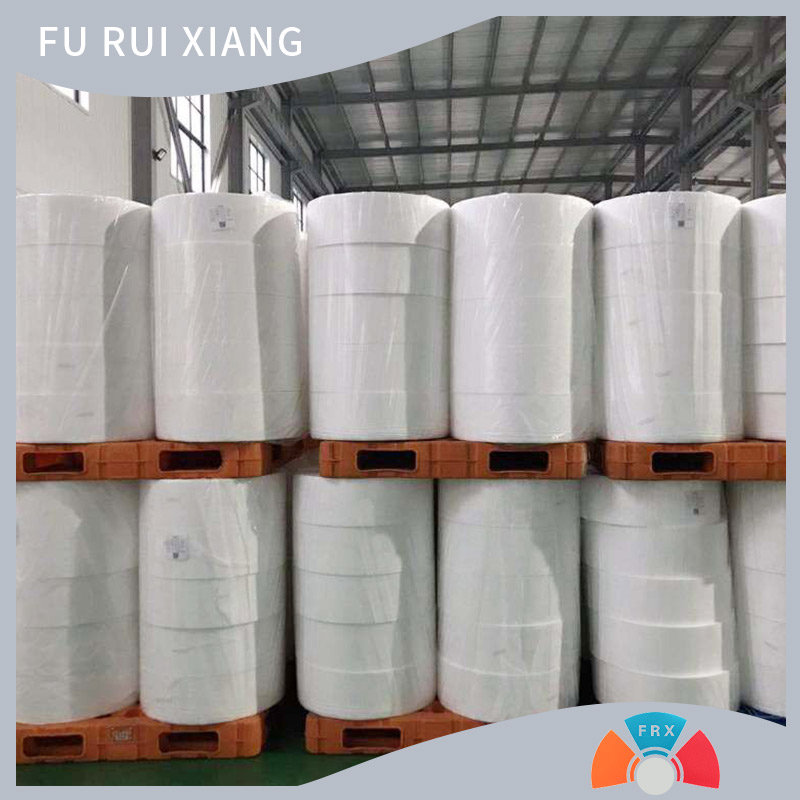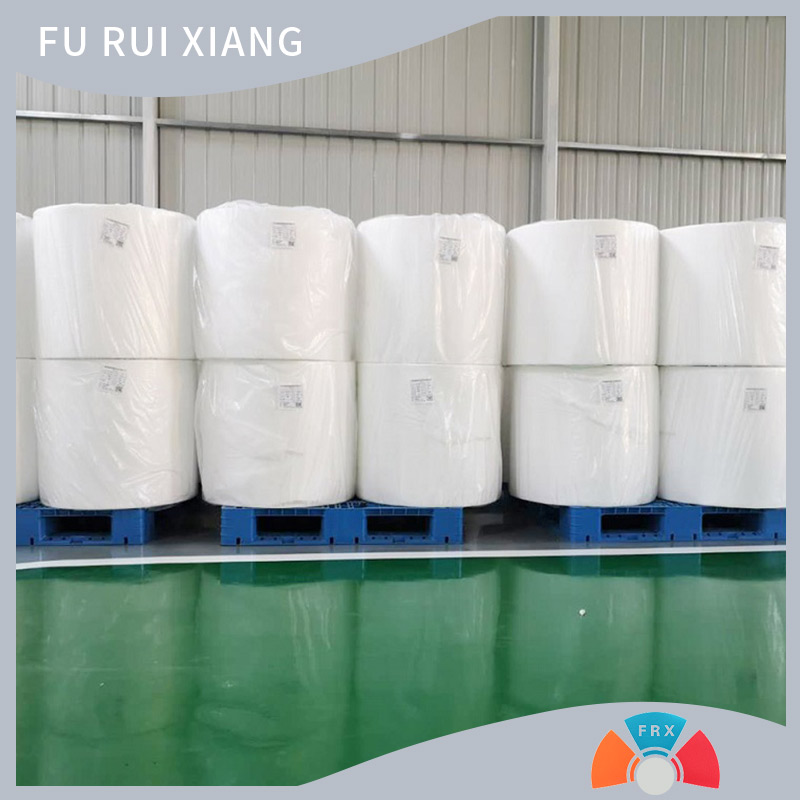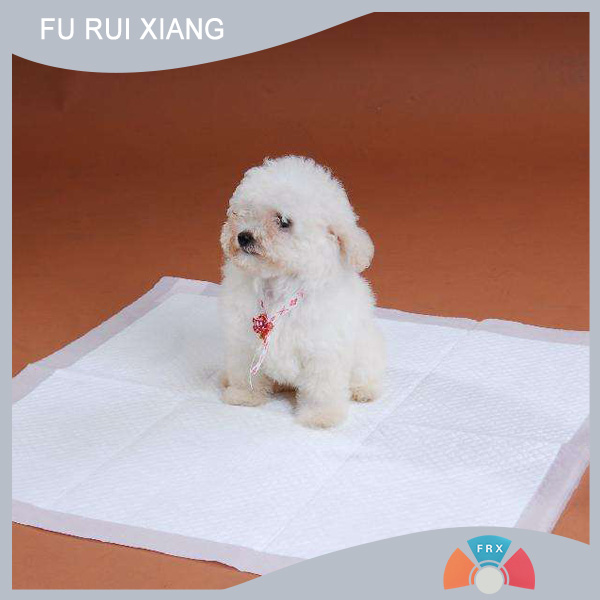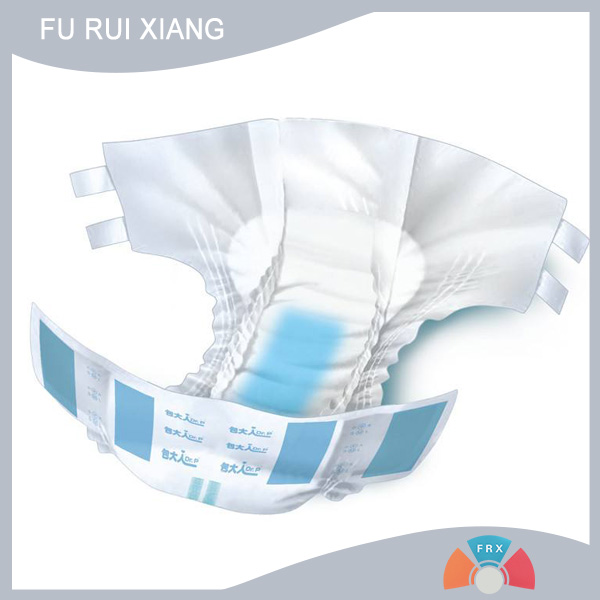The status quo of the rapid development of the industrial textile industry!
Data in 2020 show that the textile industry accounts for more than 50% of the world's scale, chemical fiber production accounts for 70% of the world, and trade accounts for one-third of the world. It has a complete industrial chain.
As a component of strategic new materials, industrial textiles have become one of the more dynamic fields in the industrial system, showing huge room for development under the dual-cycle development pattern.
At present, my country has established a global industrial textile system with a larger scale and a complete range, and has accumulated strong technical and talent advantages in high-performance fibers, special molding technologies, and functional finishing.
Mr. Bi Huichuan has extensive experience in the production of polypropylene spunbond non-woven fabrics. In April 1996, he established Qingdao Jufuxiang Plastic Industry Co., Ltd. (the predecessor of Qingdao Furuixiang Plastic Technology Co., Ltd.), dedicated to production, research and development. SMS, SS, S polypropylene spunbond non-woven fabrics.
- A detailed introduction to Weicai non-woven fabric!
- The development trend of the textile fabric industry!
- Qingdao Furuixiang Plastic Technology Co., LTD. Furniture Non-woven Fabric: A practical decorative material suitable for
- Qingdao Furuixiang Plastic Technology Co., LTD. Spunbond Nonwoven Fabric: The mainstream molded category in nonwoven fab
- Green and low-carbon, the textile industry is accelerating its "breakthrough"!
- Furniture non-woven fabric: A furniture auxiliary material that combines practicality and aesthetics!
- The export situation of China's textile and garment industry in the first half of the year!
- Qingdao Furuixiang Plastic Technology Co., LTD. Spunbond Nonwoven Fabric: A high-efficiency formed nonwoven fabric categ
- Spunbond nonwoven fabric: A high-efficiency formed nonwoven fabric category!
- Raw materials, properties of medical non-woven fabrics, and differences from ordinary non-woven fabrics!










